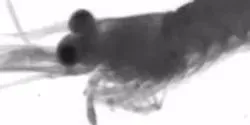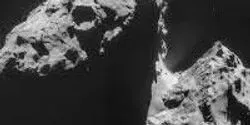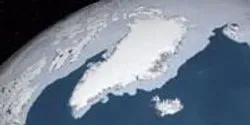Earth Science

One has experience working with robots in space. The other two have experience in areas associated with mining, including mineral processing and rock mechanics. Together, these three researchers from West Virginia University will work to create a system that will provide NASA data on asteroids.

Working at temperatures matching the interior of the sun, researchers at Sandia National Laboratories’ Z machine have been able to determine experimentally, for the first time in history, iron’s role in inhibiting energy transmission from the center of the sun to near the edge of its radiative band — the section of the solar interior between the sun’s core and outer convection zone.

University of Delaware researcher Jonathan Cohen is using a new technology to analyze and quantify zooplankton in the Delaware Bay.

It’s the ultimate location for a “no-gravity control” experiment—space. When NASA launches its SpaceX Dragon rocket from Cape Canaveral, Fla. on Tuesday, Jan. 6, a Southern Illinois University Edwardsville research project will be on board, traveling to the International Space Station.

The Taj Mahal’s iconic marble dome and soaring minarets require regular cleaning to maintain their dazzling appearance, and scientists now know why. Researchers from the United States and India are pointing the finger at airborne carbon particles and dust for giving the gleaming white landmark a brownish cast.

Growing concerns about water scarcity and climate change have given rise to a new branch of research that has found its way to Clemson University and could help deal with some the globe’s biggest environmental challenges.

The University of Delaware’s Mark Moline knew that his grandfather, O. Karl Olander, was a Navy chaplain in the Pacific during World War II. But it wasn’t until his mother shared his grandfather’s journal and scrapbook that Moline realized his grandfather had been on the USS Princeton, one of the aircraft carriers that attacked Palau in March 1944.

As the Appalachian Region feels the impact of the burgeoning shale-energy industry, a consortium of researchers and industrial partners led by West Virginia University, with the assistance of The Ohio State University, will conduct the first-ever long-term, comprehensive field study of a natural resource that has changed the country’s – and the world’s – energy supply.












